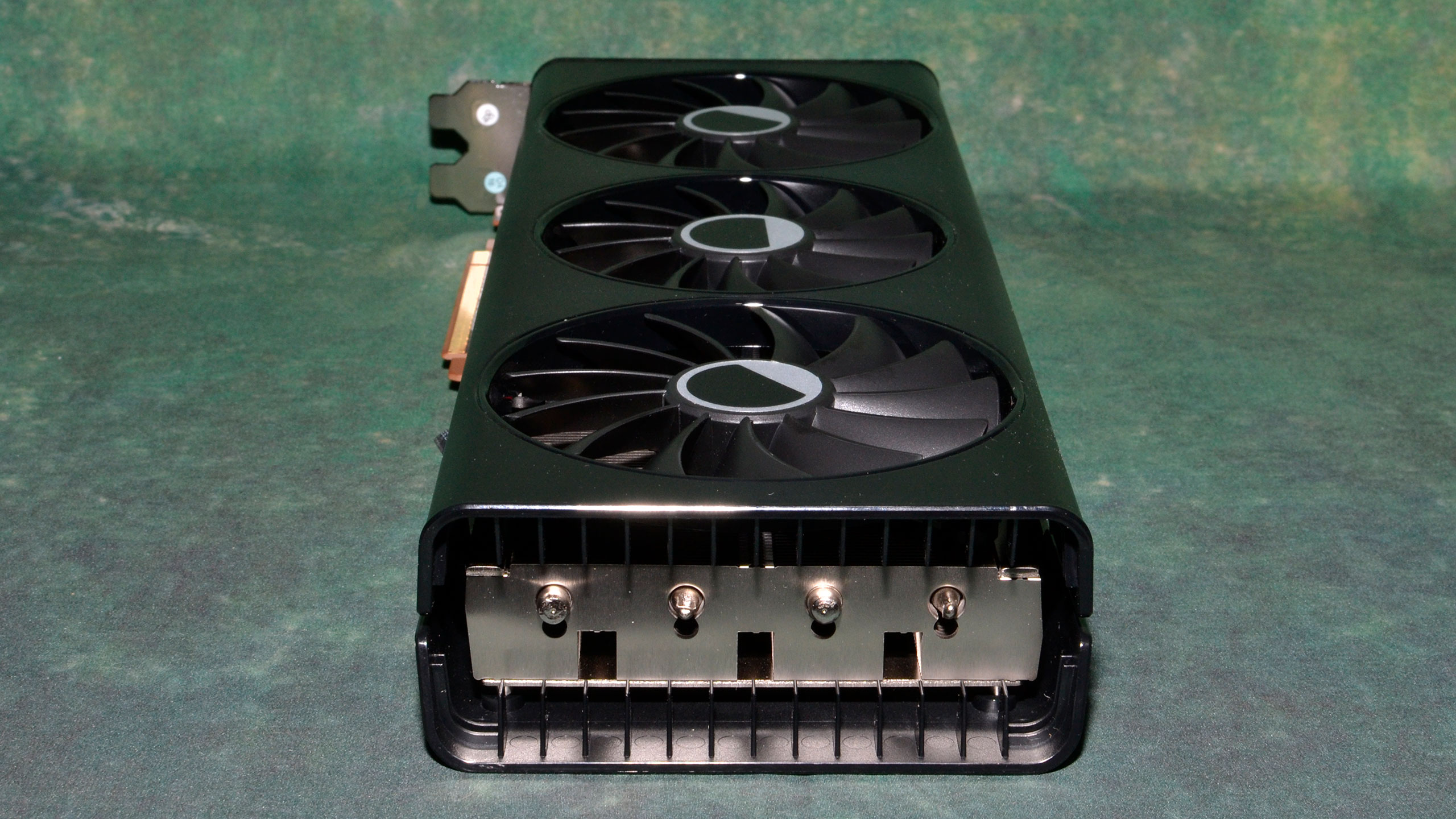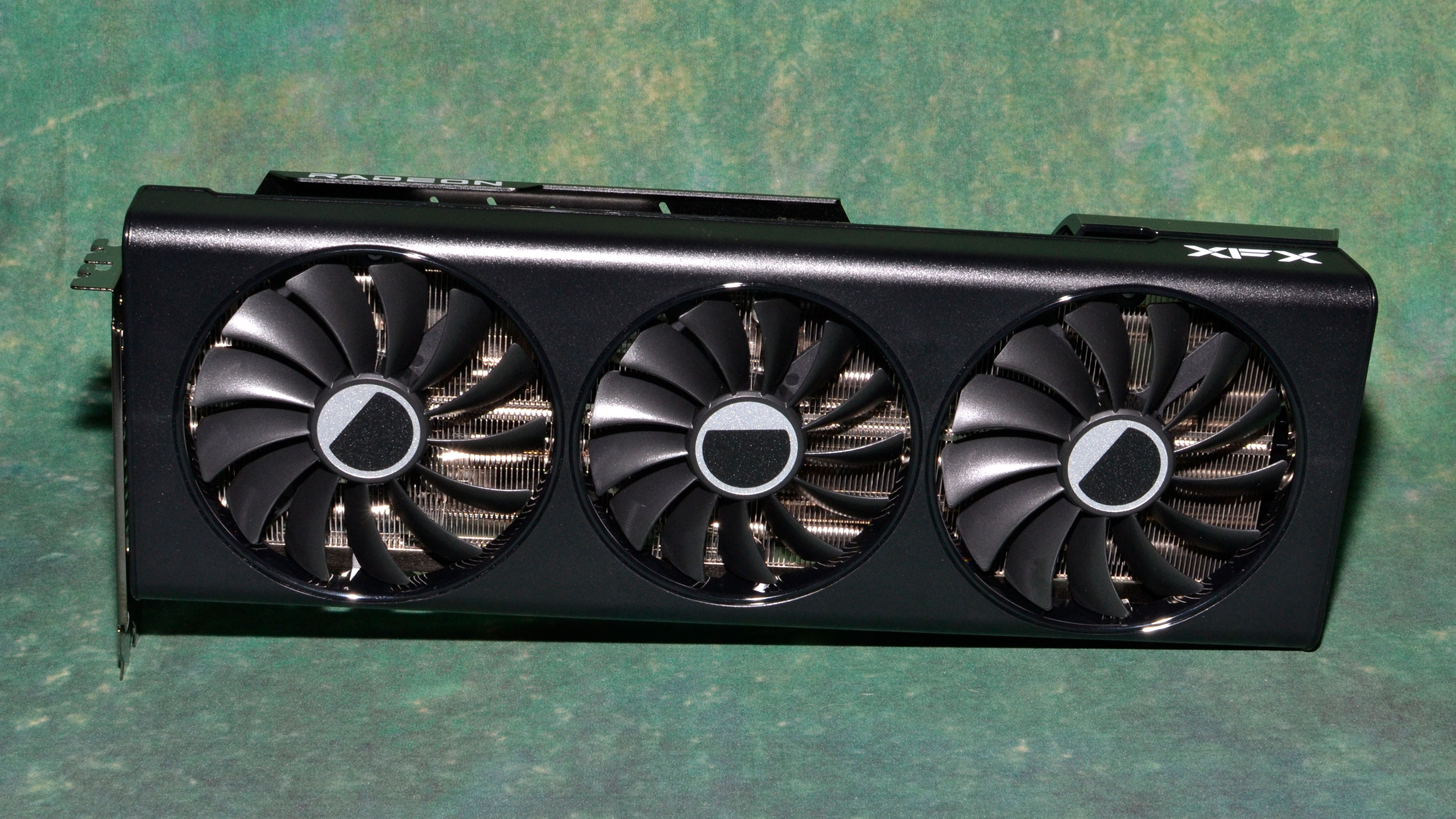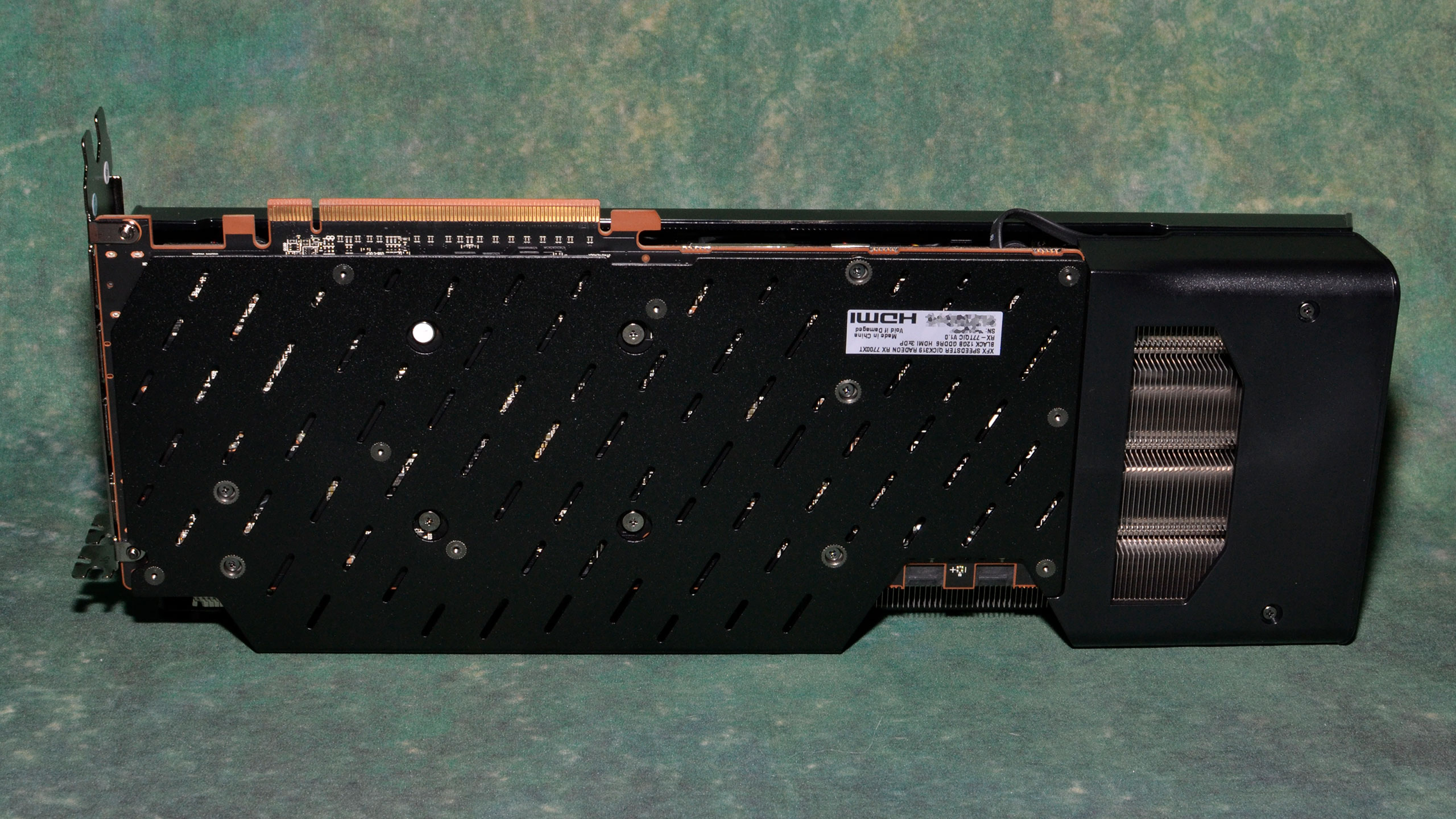Why you can trust Tom's Hardware
The Radeon RX 7700 XT isn't a bad GPU in and of itself; it's just sitting at the wrong price. Much like the RX 7900 XT at launch, the proximity to the next step up is simply too close. AMD could argue that the RX 7700 XT competes well against the similarly priced RTX 4060 Ti (8GB or 16GB, it's not a major factor). The problem is that we feel the RTX 4060 Ti is also overpriced. If you have $450 for the 7700 XT, save up another $50 and step up to the superior RX 7800 XT.
Overall, performance from the 7700 XT largely follows the existing RX 6800. It's a bit faster overall, but only by low single-digit percentages. Even the power is basically the same unless you want to mince hairs over 245W versus 250W TBP. What you get is theoretically more compute, which mostly helps in stuff like AI or Blender, and some new features.
The new features are nice to have, but as we've said before, none of them feel like must-haves. AV1 encoding quality is mostly on par with HEVC, except it's royalty-free, so it's gaining more widespread support. But for hardware AV1 encoding, which we looked at in the past, Nvidia's RTX 40-series delivers superior quality. Buying AMD GPUs for their encoding quality isn't something we'd recommend, in other words.
We can make similar arguments about the DisplayPort 2.1 outputs. Unless you're really planning on purchasing a new (as-yet-unreleased) DP2.1 UHBR13.5 monitor during the life cycle of these graphics cards, and that also implies running at higher than 4K 240 Hz refresh rates, there's just no real need for that, particularly on mainstream hardware. Sure, having that feature "just in case" is fine, but we don't see it as a critical item — more like a checkbox feature.

Besides the pricing, the story of the RX 7700 XT is the same one we've been telling for almost three years since the RX 6000-series launched. AMD offers more VRAM, generally better rasterization performance at most price points, and inferior ray tracing performance.
Nvidia also offers extras like DLSS, which remain a selling point as long as you're not particularly worried about trying to take a stand against proprietary APIs. It would be nice, in theory, if some company were to create a DLSS competitor with all that AI training and other stuff, like DLSS and XeSS, but with support for all GPUs. But where's the money in trying to do that? Plus, we'd probably just end up at the old XKCD "standards" joke.
For better or worse, Nvidia has the muscle and is using it to push new technologies and features into the graphics market: AI, upscaling, ray tracing, frame generation, and now ray reconstruction.
Even if AMD doesn't officially cut the price of the RX 7700 XT, we can't help but think the market will take on that task for them because, much like the RTX 4060 Ti 16GB, this simply costs too much for what you get relative to the competition. The 7700 XT needs to match the price of the RTX 4060 Ti 8GB. Get it down to $400 or less, and suddenly, the RX 7700 XT looks far more compelling. As it stands, you'll need to have very specific requirements to warrant picking up the 7700 XT over one of the other options.
- MORE: Best Graphics Cards
- MORE: GPU Benchmarks and Hierarchy
- MORE: All Graphics Content
Get Tom's Hardware's best news and in-depth reviews, straight to your inbox.
Current page: Radeon RX 7700 XT: Needs a Price Cut
Prev Page Radeon RX 7700 XT: Power, Clocks, Temps, and Noise
Jarred Walton is a senior editor at Tom's Hardware focusing on everything GPU. He has been working as a tech journalist since 2004, writing for AnandTech, Maximum PC, and PC Gamer. From the first S3 Virge '3D decelerators' to today's GPUs, Jarred keeps up with all the latest graphics trends and is the one to ask about game performance.

